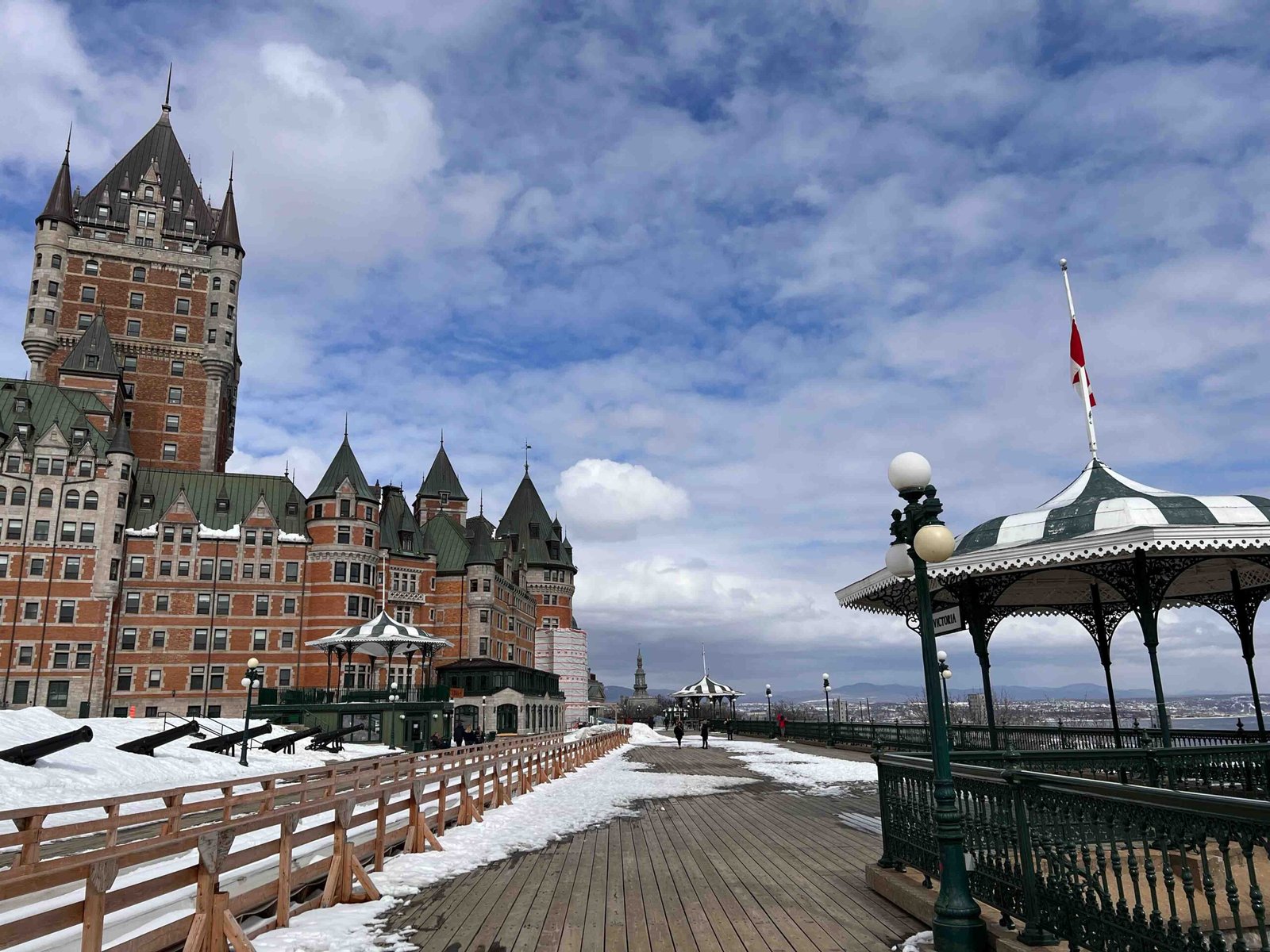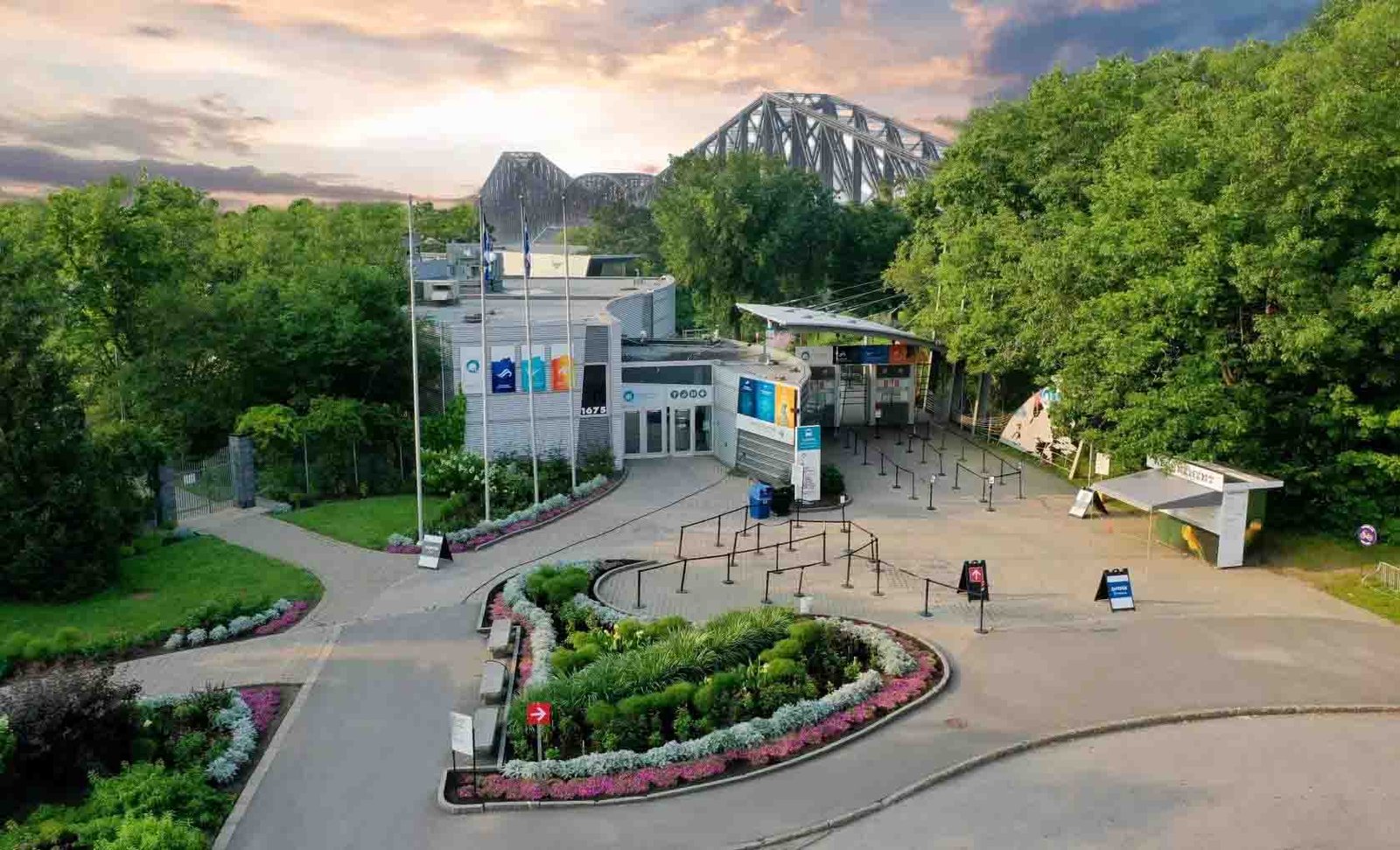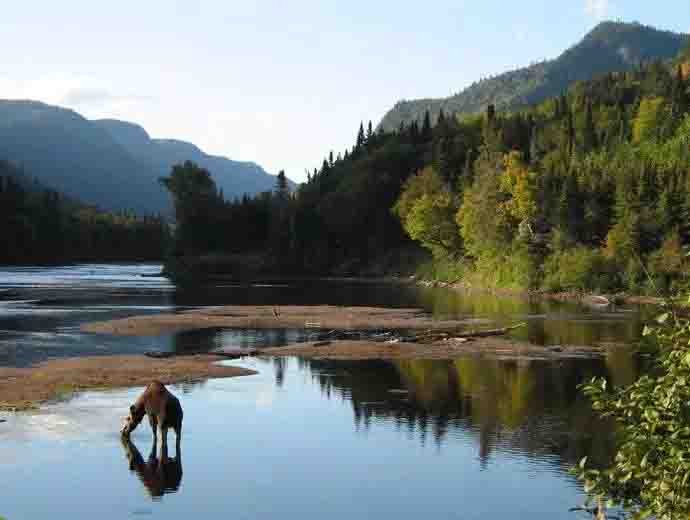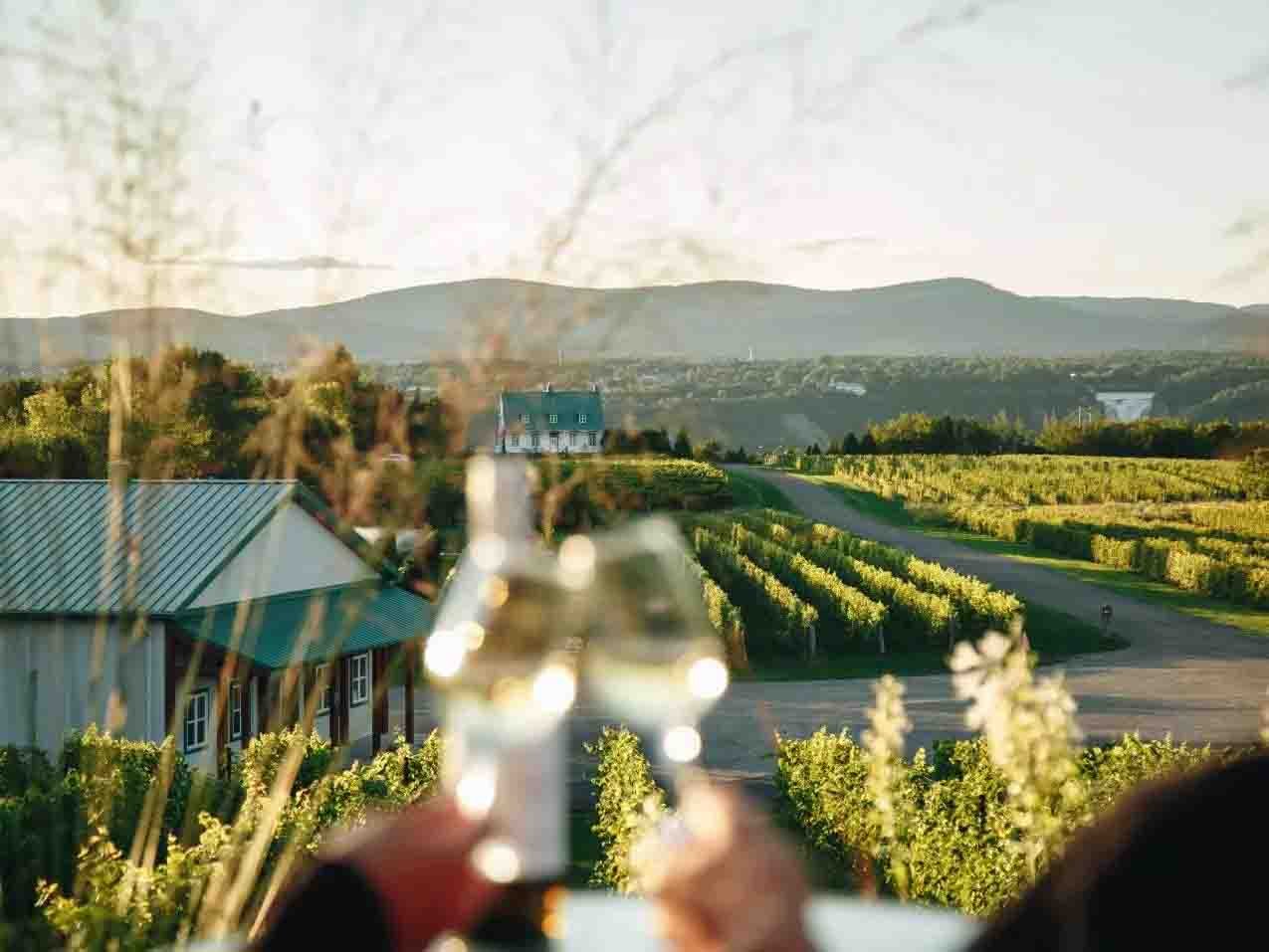Welcome to a journey through the history, growth and diversity of Saskatoon and Saskatchewan. This Canadian province, situated on the prairies, has a rich history dating back to the First Nations peoples who lived here for thousands of years. Since then, it has undergone significant economic and urban development, making it one of the fastest-growing cities in Canada. Saskatoon is now a vibrant and multicultural hub that celebrates its diverse communities, thriving arts and culture scene and natural beauty. However, with rapid growth comes challenges, and this journey will explore both the opportunities and obstacles facing Saskatoon as it navigates its future.
A Brief History of Saskatoon and Saskatchewan
Saskatchewan, located in Western Canada, has a rich history dating back to the Indigenous peoples who first inhabited the region. In the late 1600s, European explorers began arriving in the area, with fur trading becoming a significant industry in the 1700s. In 1905, Saskatchewan became a province of Canada, with Saskatoon as its largest city. During the early years of its existence, Saskatchewan’s economy was primarily based on agriculture, with wheat being the primary crop. The province experienced significant growth during the mid-20th century due to advancements in technology and transportation, which made it easier to transport goods across vast distances. Today, Saskatchewan is known for its natural resources, including potash and oil, which have contributed to its economic success. Saskatoon, in particular, has seen significant growth in recent years, with a booming tech industry and a thriving arts and culture scene. However, it is essential to acknowledge the province’s complicated past, including its treatment of Indigenous peoples and its role in residential schools. Today, there are ongoing efforts to address these issues and work towards reconciliation. Despite its challenges, Saskatchewan has a rich and diverse history that continues to shape its identity and contribute to its growth and development.
The Economic Boom Driving Saskatoon’s Growth
Saskatoon’s economy has been booming in recent years, driving its growth and development. One of the main factors contributing to this economic boom is the city’s strong agricultural industry. Saskatchewan is known as the breadbasket of Canada, and Saskatoon plays a crucial role in this industry. The city is home to many agricultural research centres and institutions, including the University of Saskatchewan’s College of Agriculture and Bioresources. In addition to agriculture, Saskatoon has a thriving mining industry, with potash being one of the most important minerals mined in the area. The potash industry has been a significant contributor to the city’s economy, providing thousands of jobs and generating billions of dollars in revenue. Another key factor in Saskatoon’s economic boom is its location as a transportation hub. The city sits at the intersection of major highways and railways, making it an important link between Western Canada and the rest of the country. The John G. Diefenbaker International Airport also provides easy access to global markets. Saskatoon’s economic growth has attracted many new businesses and investors to the area, leading to a surge in construction and real estate development. As a result, the city has experienced a rapid expansion in both population and infrastructure. Despite some challenges associated with this growth, Saskatoon’s economic boom shows no signs of slowing down, making it an exciting time for the city and its residents.
Urban Development in Saskatoon: Building a City for the Future
Saskatoon is a rapidly growing city, and its urban development is focused on building a sustainable future. The city has implemented several initiatives to ensure that Saskatoon’s growth is not at the expense of the environment. For instance, the city has set a target to reduce greenhouse gas emissions by 80% by 2050. To achieve this goal, Saskatoon has invested in public transportation and encouraged people to use bikes as an alternative mode of transportation. The city’s cycling network has expanded over the years, making it safer and more convenient for cyclists.
Saskatoon’s urban development plan also prioritizes the creation of mixed-use communities that promote walkability and reduce car dependence. These communities feature a mix of residential, commercial, and office spaces, making it easier for residents to access essential services without having to travel long distances. The city has also prioritized affordable housing, with several developments underway to provide homes for low-income families.
The city’s commitment to sustainability is evident in its investment in renewable energy sources such as wind and solar power. Saskatoon is also exploring new technologies such as electric vehicles and smart grids to reduce its carbon footprint further.
Saskatoon’s urban development plan is not just about sustainability; it also seeks to enhance the quality of life for residents. The city has invested in parks and open spaces, including riverfront trails that provide opportunities for outdoor recreation. These spaces have become popular gathering spots for families, friends, and visitors alike.
In conclusion, Saskatoon’s urban development plan is forward-thinking and focused on building a sustainable future while enhancing the quality of life for its residents. With continued investment in renewable energy, mixed-use communities, and public transportation, Saskatoon is well-positioned to continue its growth while preserving its natural beauty.
Diversity in Saskatoon: A Multicultural Hub on the Prairies
Saskatoon is a multicultural hub on the prairies, with a rich diversity of ethnicities and cultures. The city has welcomed immigrants from all over the world, making it a melting pot of different traditions and customs. The most significant group of immigrants in Saskatoon are Indigenous people, who have lived in the area for thousands of years and have a strong cultural heritage. The city also has a large population of Ukrainian, German, and Chinese immigrants, among others. The annual Folkfest celebration showcases this diversity with pavilions representing different cultures from around the world. This festival provides an opportunity for people to learn about and appreciate different cultures. Saskatoon also has several cultural centres and museums that celebrate the city’s diverse history, including the Western Development Museum, which highlights the contributions of various cultural groups to Saskatchewan’s development. In addition to these cultural institutions, Saskatoon also has a vibrant food scene that reflects its multiculturalism. Restaurants serving cuisine from around the world can be found throughout the city. The diversity in Saskatoon adds to its richness and provides opportunities for people to learn about different cultures and traditions. It also contributes to a sense of community and inclusivity, making it a welcoming place for people from all walks of life.
Exploring the Natural Beauty of Saskatchewan: From Rivers to Prairies
Saskatchewan is known for its vast and breathtaking natural beauty, from the rolling prairies to the winding rivers. One of the best ways to explore this natural wonder is by visiting the numerous parks and conservation areas scattered throughout the province. One such area is the Prince Albert National Park, located in central Saskatchewan. Here, visitors can enjoy hiking trails that lead through dense forests and over pristine lakes, or they can take a guided boat tour down the meandering South Saskatchewan River. Another must-see attraction is Grasslands National Park, situated in southern Saskatchewan. This park boasts a unique landscape of prairies and badlands, and visitors can marvel at the stunning vistas as they hike or drive through the park. For those looking for a more adventurous experience, canoeing down one of Saskatchewan’s many rivers is a great option. The Churchill River, for example, is a popular destination for canoe enthusiasts, offering challenging rapids and stunning scenery along the way. And for those who prefer to stay on dry land, there are plenty of opportunities for wildlife viewing throughout the province. From bison and elk to coyotes and wolves, Saskatchewan’s parks and conservation areas are home to a diverse array of animal species that can be observed from a safe distance. Overall, exploring the natural beauty of Saskatchewan is an unforgettable experience that should not be missed by any nature lover.
The Arts and Culture Scene in Saskatoon: A Vibrant and Thriving Community
Saskatoon is a city with a rich cultural and artistic scene, with a variety of events and festivals taking place throughout the year. The Saskatoon Symphony Orchestra is one of the most prominent cultural institutions in the city, performing regularly at the TCU Place. The Remai Modern, a world-class art museum that opened in 2017, has quickly become a hub for contemporary art in Canada and beyond. Additionally, the Broadway Theatre hosts a range of performances, from theatre productions to concerts by local and international musicians. Saskatoon also has a thriving independent arts scene, with galleries such as AKA Artist-Run and PAVED Arts showcasing the work of emerging artists. In addition to visual arts, Saskatoon has a lively theatre community, with several companies producing plays throughout the year. One of the most popular events on Saskatoon’s cultural calendar is the Fringe Festival, which attracts performers from around the world for a week-long celebration of theatre and performance art. Finally, Indigenous culture is an integral part of Saskatoon’s arts scene, with festivals such as the Saskatchewan Indigenous Cultural Centre’s annual Powwow celebrating Indigenous music, dance, and art. Overall, Saskatoon’s arts and culture scene is diverse, dynamic, and growing rapidly.
Challenges and Opportunities: Navigating Saskatoon’s Rapid Growth
Saskatoon has experienced rapid growth in recent years, and with this growth comes both challenges and opportunities. One of the biggest challenges facing the city is managing the infrastructure needed to support a growing population. Saskatoon’s roads and bridges are struggling to keep up with the increased traffic, and the city’s public transportation system is in need of improvement. The city has recognized this issue and has implemented a plan to invest in infrastructure to support growth, but it will take time and resources to see the full benefits.
Another challenge facing Saskatoon is maintaining affordable housing for residents. As the city grows, demand for housing increases, leading to rising prices that can make it difficult for some residents to find affordable homes. The city has taken steps to address this issue by implementing policies aimed at increasing affordable housing options, but there is still much work to be done.
Despite these challenges, Saskatoon’s rapid growth also presents many opportunities. A growing population means more job opportunities, increased economic activity, and a greater diversity of people and cultures in the city. This diversity is reflected in Saskatoon’s thriving arts and culture scene, which features festivals and events celebrating everything from Indigenous culture to LGBTQ+ pride.
Overall, navigating Saskatoon’s rapid growth will require careful planning and investment in infrastructure, as well as policies aimed at promoting affordable housing and sustainable development. However, with the right approach, Saskatoon can continue to grow and thrive as a vibrant and diverse city on the prairies.
As we come to the end of our journey through Saskatoon and Saskatchewan’s history, growth, and diversity, it is clear that this prairie city and province have much to offer. From its rich history to its booming economy, Saskatoon is a city on the rise. Its commitment to urban development and multiculturalism is reflected in its diverse communities, arts and culture scene, and natural beauty. However, as with any rapidly growing city, there are challenges that must be addressed. The need for affordable housing, sustainable development practices, and infrastructure improvements are just a few examples. As Saskatoon continues to grow and evolve, it is important for its residents and leaders to reflect on these challenges and opportunities to ensure a prosperous future for all.
Population in province:
Alberta, British Columbia, Manitoba, New Brunswick, Newfoundland and Labrador, Nova Scotia, Ontario, Prince Edward Island, Quebec, Saskatchewan
Population in city:
Calgary, Edmonton, Vancouver, Victoria, Winnipeg, Fredericton, Moncton, St. John’s, Halifax, Toronto, Ottawa, Charlottetown, Montreal, Quebec City, Saskatoon, Regina






Pingback: Population in city Montreal, province Quebec – Things to do in Canada